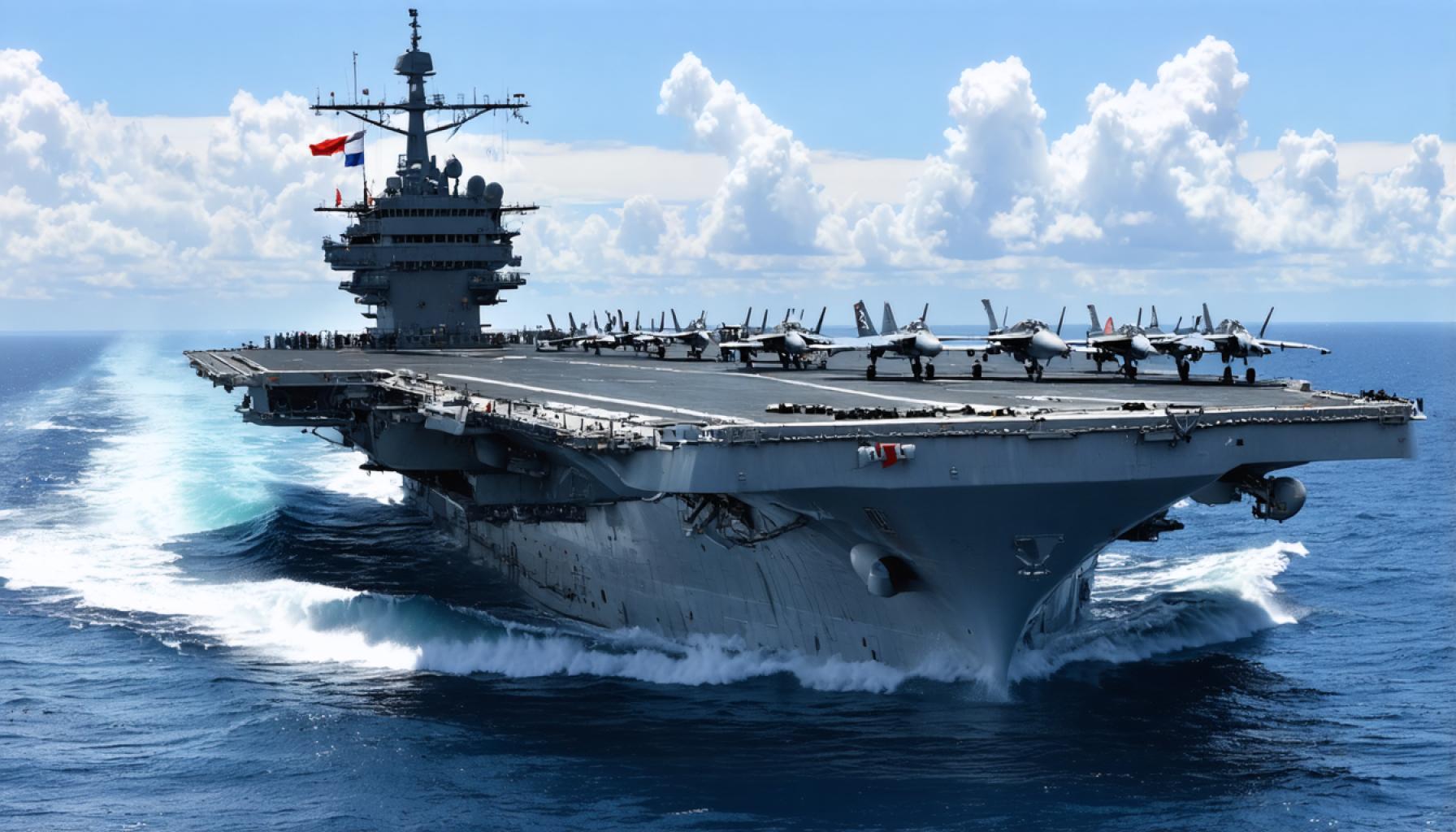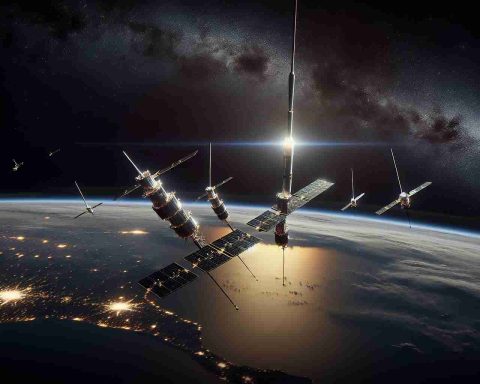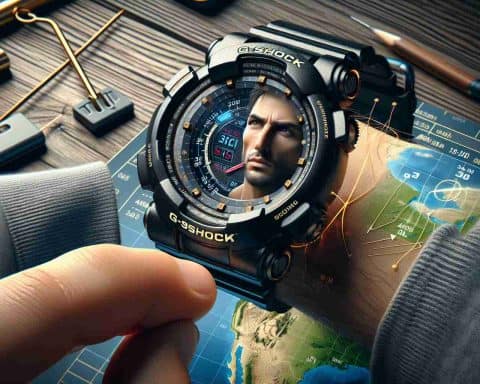- The FS Charles de Gaulle and its Carrier Strike Group embarked on Mission Clemenceau 25, signaling France’s commitment to the Indo-Pacific region.
- This inaugural deployment showcases international cooperation with the U.S. Navy and Japanese Maritime Self-Defense Force, aiming to maintain a free and peaceful region.
- Key exercises, including Pacific Stellar 2025, featured joint operations with the USS Carl Vinson and Japanese vessels, highlighting interoperability and shared expertise.
- The mission emphasized France’s adaptability to Pacific conditions, underscoring the use of shared technologies and agreements like the Acquisition and Cross Servicing Agreement.
- Mission Clemenceau 25 is a strategic initiative enhancing France’s role in global maritime security and reinforcing alliances through dialogue and tactical exchanges.
Amidst the vast and unpredictable expanses of the Pacific Ocean, the French aircraft carrier FS Charles de Gaulle, with its distinguished Carrier Strike Group, embarked on an audacious mission that was as much about diplomacy as it was about defense. During its inaugural deployment in these waters, the French group joined forces with the U.S. Navy and the Japanese Maritime Self-Defense Force to carve new pathways for international cooperation.
This deployment, known as Mission Clemenceau 25, is not merely a maritime maneuver; it’s a bold statement of France’s commitment to the Indo-Pacific, showcasing Europe’s vested interest in maintaining a free, open, and peaceful region. The Charles de Gaulle, flanked by its escort of destroyers, frigates, and a fleet oiler, embarked on a strategic itinerary that included high-profile exercises like Pacific Stellar 2025, alongside American giants like the USS Carl Vinson and Japanese vessels. Each exercise painted a compelling picture of coordinated power, from dazzling cross-deck landings of Rafale-M and F/A-18 jets to cooperative drills that emphasized shared expertise and interoperability.
The strategic ballet met challenges head-on, as the French crews adapted to the varied sea states and climates of the Pacific, a departure from the familiar rhythms of the Mediterranean. Yet, their skillful integration with U.S. forces highlighted an enduring legacy of interoperability, underscored by shared technologies and training, as exemplified when the CSG leveraged American parts to maintain their operational tempo.
Captain Yann-Eric, the Charles de Gaulle’s executive officer, steered his crew through these complexities. The cohesive coordination with U.S. Navy vessels demonstrated that the Atlantic alliance does not stop at the edge of Europe but extends to the collective defense of broader global interests. Additionally, supportive frameworks, like the Acquisition and Cross Servicing Agreement (ACSA), further facilitated seamless exchanges of resources between allies.
The essence of Mission Clemenceau 25 lies not just in military might but in the conversations and exchanges that its sailings facilitated, fostering a deeper understanding and sharing of tactical knowledge with Japan’s maritime cadre, as they inch closer to advanced fighter capabilities with the JS Kaga.
France’s foray into the Pacific isn’t simply about showcasing its naval prowess; it’s an exercise in building bridges, where every maneuver and exercise underscores a commitment to international solidarity and maritime security. As the Charles de Gaulle and its Carrier Strike Group navigate back westward for further engagements, they leave behind a ripple of strengthened alliances and an indelible mark on the waters they traverse, cementing France’s role as a pivotal stakeholder in global maritime dynamics.
Unveiling the Strategic Depths: The Larger Implications of Mission Clemenceau 25
Introduction
Mission Clemenceau 25’s deployment of the French aircraft carrier FS Charles de Gaulle in the Pacific Ocean did more than demonstrate military prowess; it signified a strategic shift in international maritime dynamics. This audacious mission underscored France’s burgeoning commitment to maintaining peace and stability in the Indo-Pacific region, thereby reinforcing Europe’s collective stake alongside its Pacific allies. While the primary article highlighted the cooperative exercises between France, the U.S., and Japan, several critical dimensions deserve further exploration.
Expanded Insights
Market Forecasts & Industry Trends
– Europe’s Increasing Maritime Interest in the Indo-Pacific: The deployment aligns with a broader trend of European nations pivoting focus towards the Indo-Pacific, driven by the trade routes’ economic importance and rising geopolitical tensions. This reflects a growing trend among NATO allies to deepen engagement in this vital region, with Germany and the UK also increasing naval activities.
Real-World Use Cases
– Strengthening Naval Interoperability: Collaborations during Mission Clemenceau 25 spotlight the interoperability advancements among the navies. With acquisition agreements enabling resource sharing, these exercises illustrate practical frameworks for future joint operations, critical in crisis situations.
Features, Specs & Pricing
– The Charles de Gaulle’s Capabilities: France’s flagship, the FS Charles de Gaulle, is a nuclear-powered aircraft carrier with a displacement of 42,000 tons and a top speed of 27 knots. It can embark around 40 aircraft, including Rafale-M jets, Hawkeye E-2C aircraft, and various helicopters, making it a formidable tool for both defense and diplomacy.
Security & Sustainability
– Environmental Considerations: Modern naval deployments consider environmental impacts, with France taking strides towards improving the sustainability of its naval operations, focusing on reducing the carbon footprint of long-range missions.
Insights & Predictions
– Long-Term Implications for Geopolitical Alliances: The strengthening of trilateral ties among France, the U.S., and Japan sets a precedent for future collaborative endeavors, enhancing collective security strategies that could deter regional aggression in the Indo-Pacific.
Pressing Questions Answered
What does this mean for France’s naval strategy?
Mission Clemenceau 25 indicates a long-term strategic pivot towards the Indo-Pacific for France. It suggests that France intends to increase its presence in the region, not just through military means but also by fostering diplomatic and economic ties.
How does this affect U.S.-France relations?
The mission enhances the U.S.-France military alliance, demonstrating a robust mutual commitment to maintaining regional security. This collaboration is likely to continue evolving, with more frequent joint exercises and shared technological developments.
What are the implications for Japan?
For Japan, the exercises bolster its maritime capabilities and readiness, as well as its strategic importance in the region. The strengthened alliance serves as a deterrence against potential regional threats, particularly considering Japan’s advancements in maritime defense technology.
Actionable Recommendations
– Stay Informed: Geostrategic changes can significantly impact global markets and national security policies; track updates on Indo-Pacific alliances via reputable news sources.
– Engage in Policy Discussions: For policymakers and scholars, engaging in forums discussing the Indo-Pacific’s security can provide deeper insights into the region’s future dynamics.
– Consider Environmental Impacts: Organizations involved in defense logistics should prioritize sustainability, seeking innovative solutions that reduce environmental impact during naval operations.
Conclusion
Mission Clemenceau 25’s deployment serves as a testament to France’s growing commitment to international maritime security, highlighting a strategic realignment towards the Indo-Pacific alongside key allies. As France continues to forge stronger bonds in the region, it lays the groundwork for a continued presence that bridges both military strength and diplomatic finesse, underscoring a multilateral approach to global peace and stability.
For more information, visit France’s Ministry of Armed Forces and U.S. Navy.










